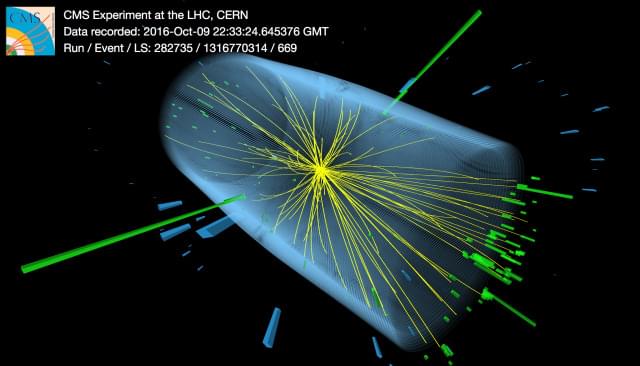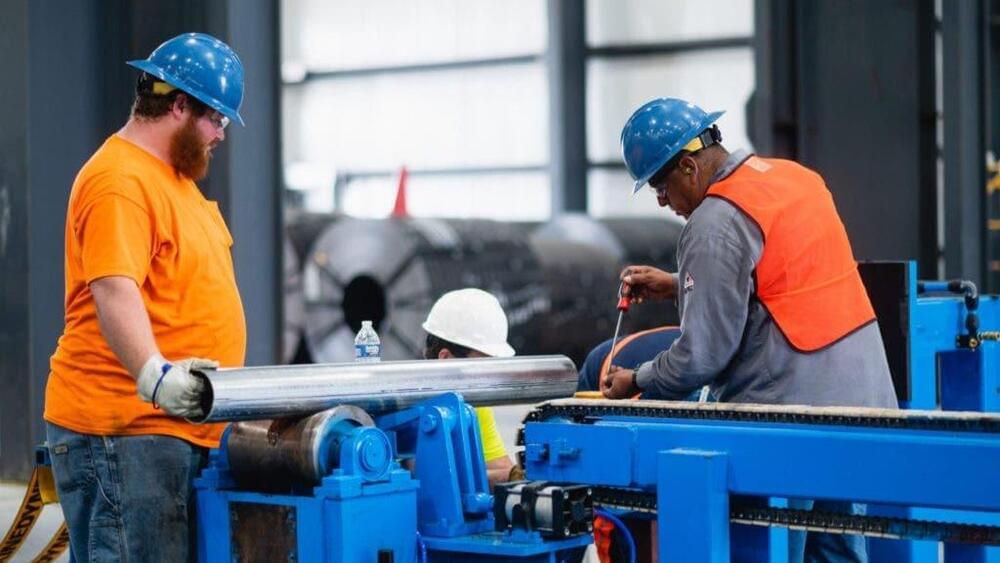Atoms are all about a tenth of a billionth of a meter wide (give or take a factor of 2). What determines an atom’s size? This was on the minds of scientists at the turn of the 20th century. The particle called the “electron” had been discovered, but the rest of an atom was a mystery. Today we’ll look at how scientists realized that quantum physics, an idea which was still very new, plays a central role. (They did this using one of their favorite strategies: “dimensional analysis”, which I described in a recent post.)
Since atoms are electrically neutral, the small and negatively charged electrons in an atom had to be accompanied by something with the same amount of positive charge — what we now call “the nucleus”. Among many imagined visions for what atoms might be like was the 1904 model of J.J. Thompson, in which he imagined the electrons are embedded within a positively-charged sphere the size of the whole atom.
But Thompson’s former student Ernest Rutherford gradually disproved this model in 1909–1911, through experiments that showed the nucleus is tens of thousands of times smaller (in radius) than an atom, despite having most of the atom’s mass.








